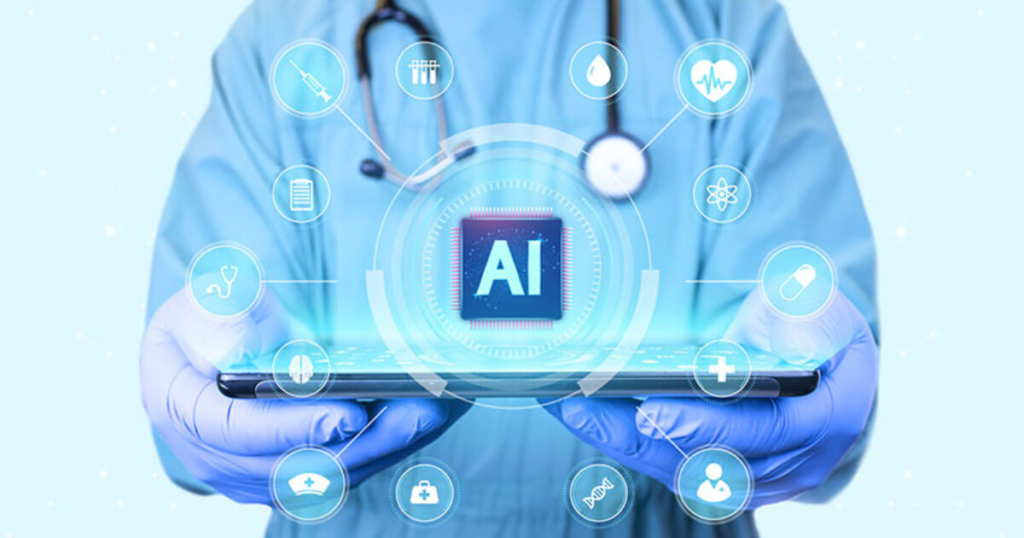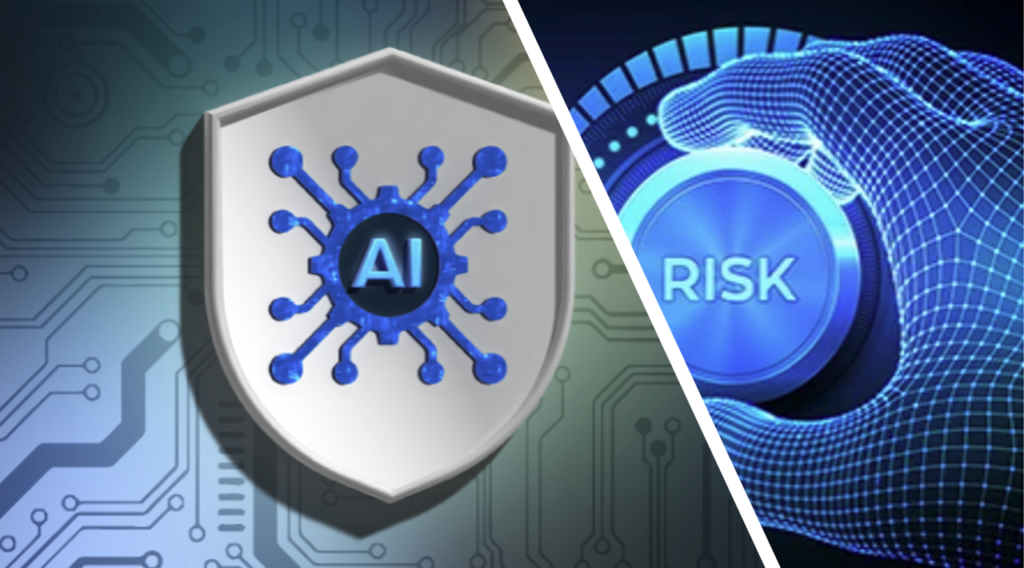
AI in healthcare is revolutionizing how medical services are delivered, from diagnosing diseases to managing patient care. However, with its increasing adoption, concerns about over-reliance on AI are growing. Could this dependence compromise healthcare quality?
The Promise of AI in Medicine
AI technologies are enhancing medical practices by streamlining processes and improving diagnostic accuracy. For example, imaging tools powered by machine learning can detect early signs of conditions like cancer with remarkable precision. Virtual assistants and chatbots handle routine tasks, such as scheduling and answering patient inquiries, freeing healthcare professionals for more critical work.
Moreover, predictive analytics tools help doctors anticipate patient needs, enabling proactive interventions. These innovations have transformed healthcare into a more efficient and data-driven field.
The Risks of Over-Reliance

Despite these advancements, over-reliance on AI poses significant risks. One major concern is the potential for deskilling. As AI takes over routine and complex tasks, medical professionals might lose opportunities to hone critical skills. For instance, relying on AI for diagnostic imaging could diminish a radiologist’s ability to interpret scans independently.
Another issue is error amplification. AI systems, though highly accurate, are not infallible. If an algorithm is flawed or biased, it can lead to widespread misdiagnoses or inappropriate treatments. Without human oversight, such errors might go unchecked, putting patient safety at risk.
There is also the danger of complacency. Over-reliance on AI could result in healthcare providers trusting algorithms without questioning their outputs. This blind faith might lead to overlooked details that a human perspective could catch, particularly in ambiguous or rare cases.
Ethical and Data Privacy Concerns
AI’s reliance on massive datasets raises ethical questions. Who owns the data, and how is it used? Ensuring that AI respects patient confidentiality and complies with data protection laws is crucial. Additionally, algorithms trained on biased datasets may perpetuate inequities in healthcare delivery, disadvantaging certain populations.
Accountability is another ethical challenge. If an AI system makes an error, determining who is responsible—the developer, the healthcare provider, or the institution—can be complex.
Striking the Right Balance
To mitigate these risks, a balanced approach is essential. Human oversight should remain a cornerstone of AI integration in healthcare. AI should augment, not replace, medical expertise. For example, doctors can use AI tools as decision-support systems, cross-checking AI recommendations with their clinical judgment.
Continuous training for healthcare professionals is also necessary. By staying updated on AI capabilities and limitations, they can make informed decisions and avoid over-reliance.
Moreover, developing robust regulations is critical. Clear guidelines on AI usage, accountability, and data security will ensure that technology enhances healthcare without compromising its integrity.
The Future of AI in Healthcare
As AI continues to evolve, its role in healthcare will expand. Advanced tools may assist in personalized medicine, identifying unique treatment plans based on genetic and lifestyle data. Remote monitoring systems powered by AI could enable real-time health tracking, reducing the need for frequent hospital visits.
However, realizing this potential requires caution. Stakeholders must prioritize collaboration between technologists, healthcare providers, and policymakers to address the challenges of over-reliance. Public awareness campaigns can also educate patients about AI’s capabilities and limitations, fostering trust and realistic expectations.
Conclusion
AI in healthcare offers immense benefits, but the risk of over-reliance cannot be ignored. By integrating AI thoughtfully and maintaining human oversight, the medical field can harness its full potential without compromising care quality. The key lies in striking a balance that empowers both technology and humanity to work together for better patient outcomes.

